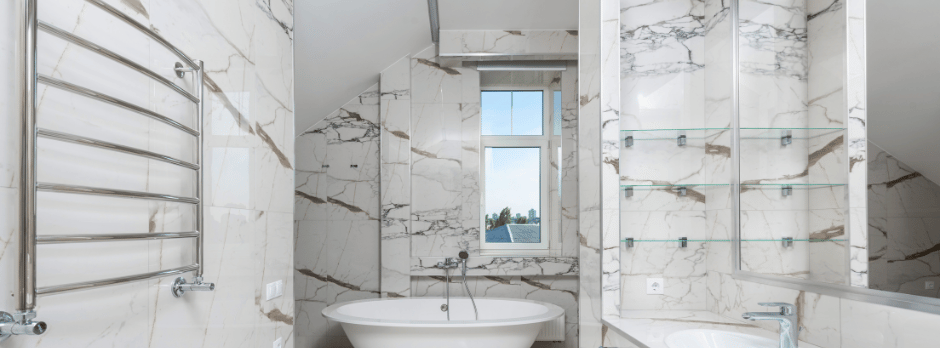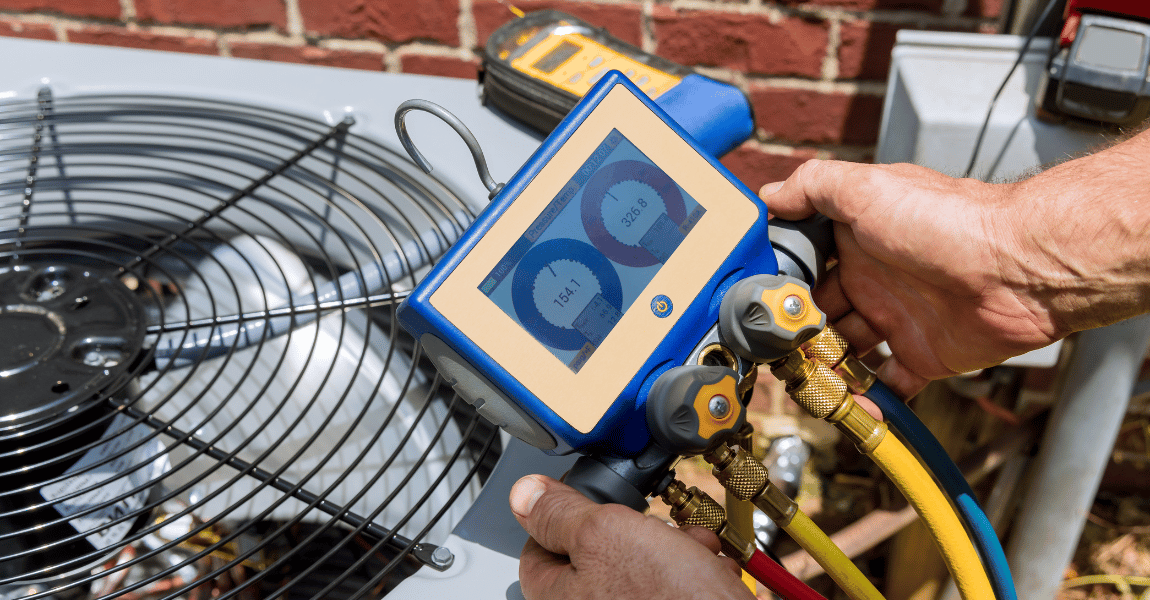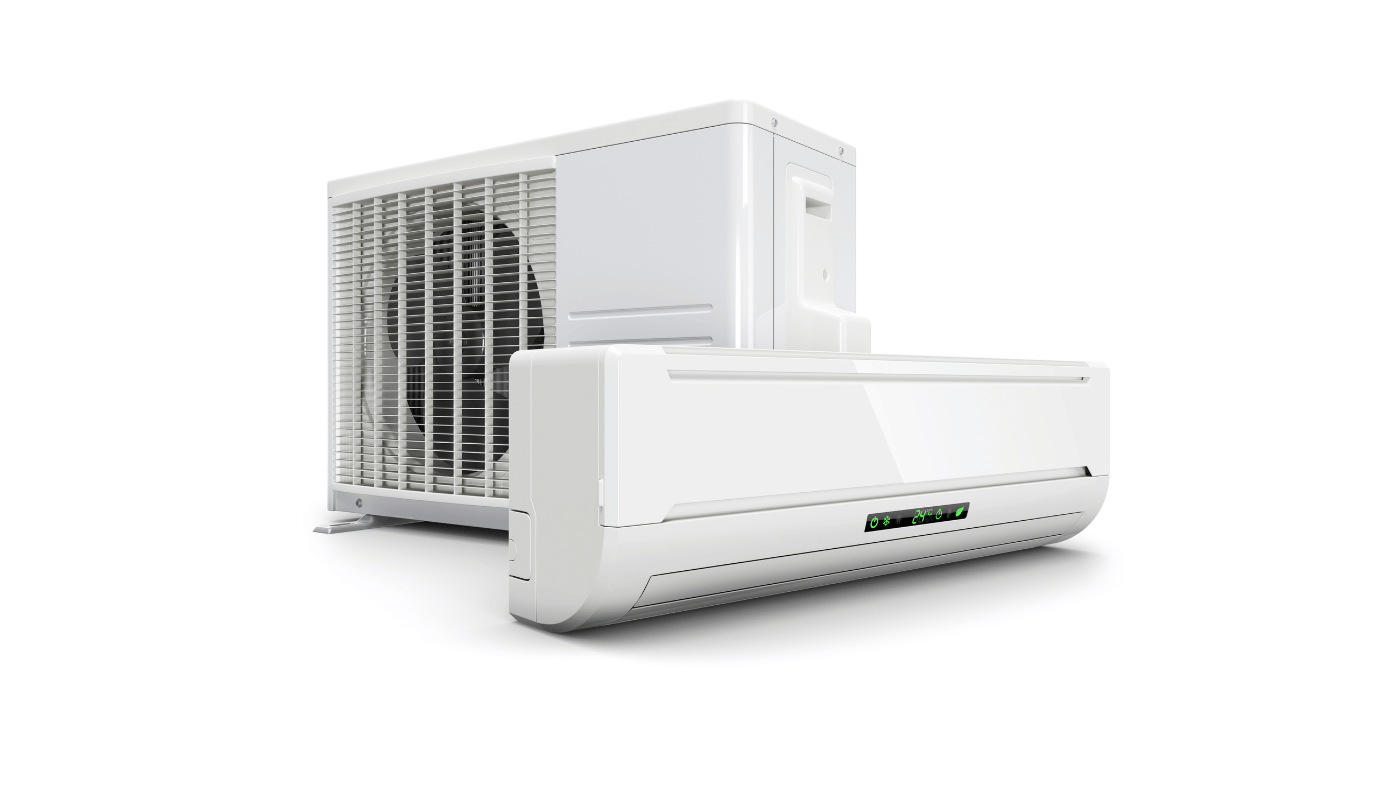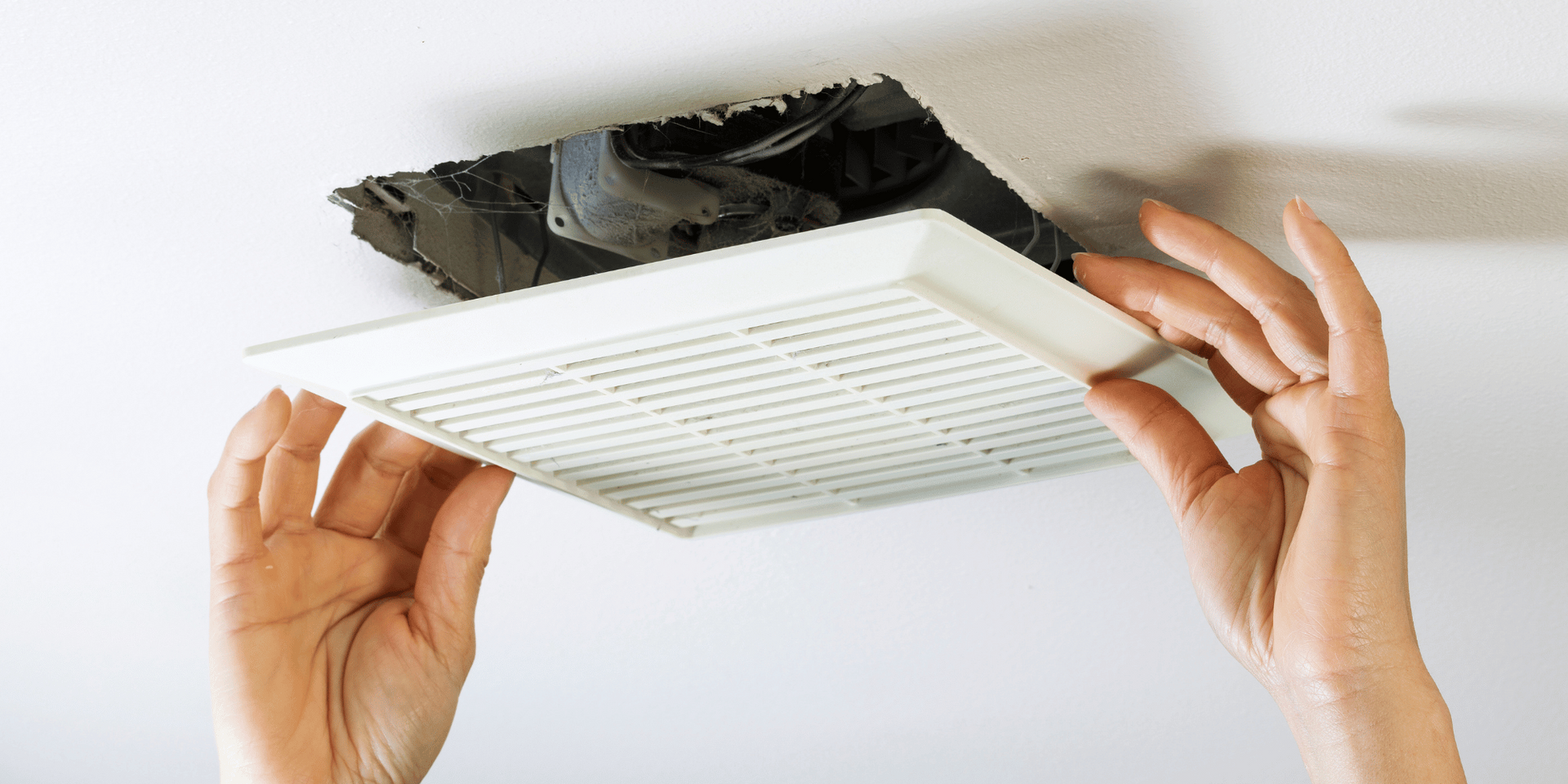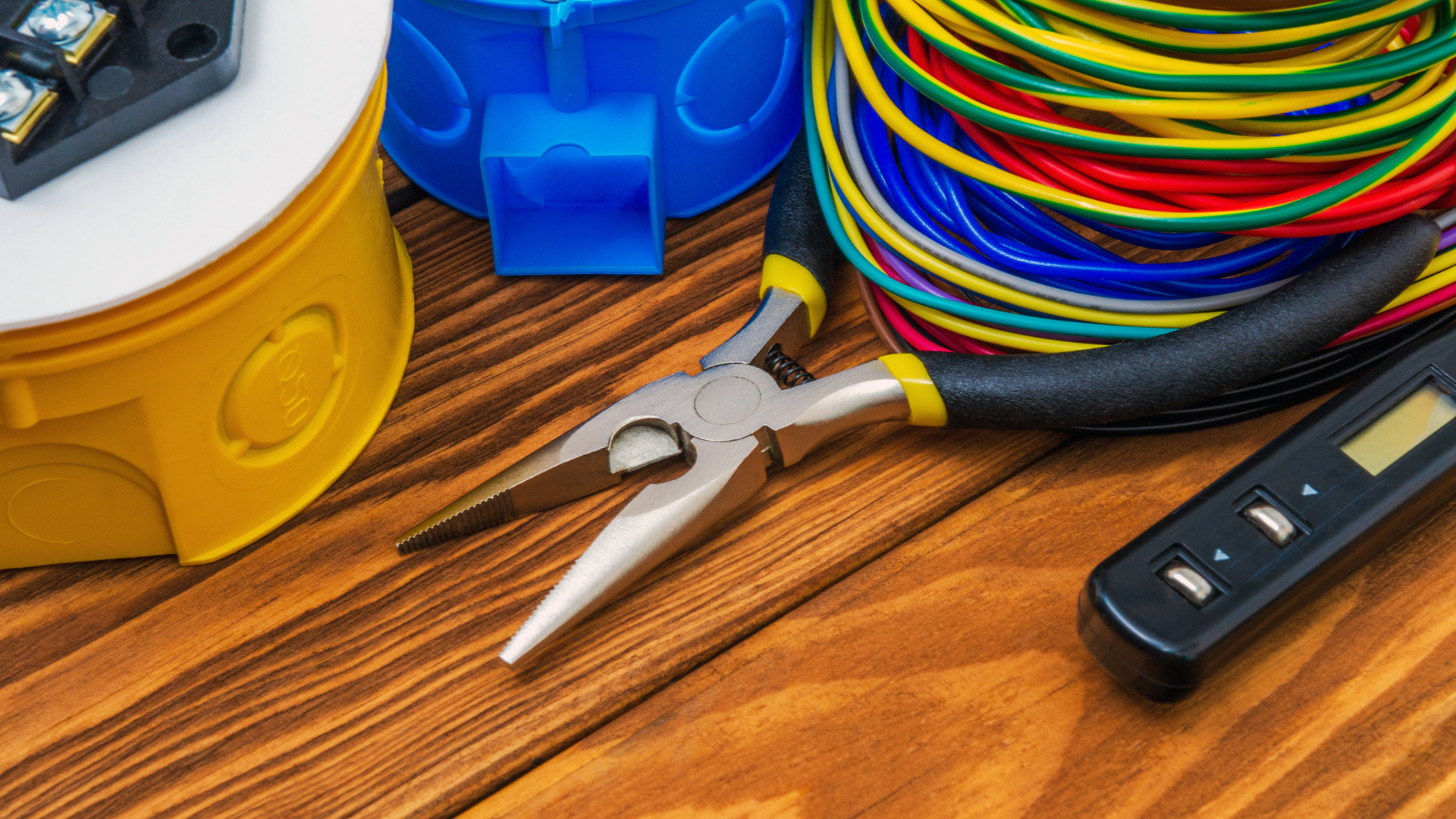What to Do When the Power Goes Out
What to Do When the Power Goes Out: A Complete Guide for Australian Households

Power outages can strike without warning—whether due to storms, fallen trees, network faults, or overloaded systems—and when they do, they remind us just how dependent we are on electricity.
From keeping the lights on and food cold to charging devices and staying connected to the outside world, our homes rely on a steady power supply to function smoothly.
In Newcastle and across New South Wales, outages can range from a single home losing power to widespread blackouts impacting entire suburbs or regions. When the power drops, knowing what to do—and what not to do—can help keep you safe, protect your appliances, and get you back up and running faster.
This step-by-step guide will walk you through how to respond to a residential power outage, how to find out what’s gone wrong, and when it’s time to call in the professionals.
First Things First: What Causes a Power Outage?
Not all outages are created equal.
Some are caused by internal faults in your home, while others are due to external issues like weather events or planned maintenance.
Common causes include:
- Tripped circuit breakers or overloaded powerboards
- Damage to service wires or private poles
- Wild weather knocking over powerlines
- Network failures or high voltage equipment faults
- Planned maintenance or upgrade work by your provider
- Emergency power shut-offs for bushfire risk prevention
- Car accidents, excavation works, or fallen trees
- High demand on the network during heatwaves
Understanding the likely cause of your outage can help you decide on the next step—whether that’s flipping a switch, checking online, or calling an emergency electrician.
Step-by-Step: What to Do When the Power Goes Out
1. Switch Off Appliances and Check Your Fuse Box
One of the most common causes of a home-only power outage is a tripped safety switch or overloaded circuit.
If you were just using the kettle, toaster, or plugging multiple devices into a powerboard, that may have caused a surge that tripped your safety switch.
- Turn off and unplug any electrical appliances you were using at the time of the outage.
- Head to your switchboard (usually located outside or near the garage) and look for any fuses or breakers that have switched to OFF.
- If you see one, try flicking it back to ON. If it stays on and power returns, the issue was likely a temporary overload.
- If it immediately trips again, leave it OFF and do not attempt multiple resets—this could indicate a serious fault and you should call a licensed electrician.
⚡ Tip: Homes in NSW are fitted with Residual Current Devices (RCDs)—commonly called safety switches—that cut off power to protect you from electrical shock. These switches have a TEST button and are often confused with circuit breakers, but their job is to protect people, not just equipment.
2. See If Your Neighbours Have Power
Before you panic or call for help, check whether the issue is limited to your home:
- Look out the window—are neighbouring homes lit up?
- Check if streetlights are working or if nearby traffic lights are flashing red.
- If it’s daylight, knock on a neighbour’s door or give them a call to ask if their power is also out.
If your neighbours are also in the dark, the issue is more widespread and likely relates to the local network or weather damage—not your home.

3. Check the Official Power Outage Map
If you still have access to the internet (via mobile data or a battery backup), visit the Ausgrid or Endeavour Energy outage map to see if there’s a known outage in your area.
- Ausgrid (Sydney, Central Coast, Hunter Valley): www.ausgrid.com.au
- Endeavour Energy (Greater Western Sydney, Illawarra, Blue Mountains): via mobile app or www.endeavourenergy.com.au
These maps usually display:
- Affected suburbs or postcodes
- Estimated time of restoration
- Known causes (e.g. fallen trees, planned work)
If your outage isn’t showing, you can report it directly:
- Ausgrid: 13 13 88
- Endeavour Energy: 13 10 03
📱 Pro tip: Bookmark these sites or download their app in advance so you’re ready when the lights go out.
4. Weather Warnings? Nature Might Be the Culprit
In Australia, wild weather is one of the leading causes of power disruptions. Everything from bushfires to flash floods can interfere with power lines and substations.
Here’s how nature can knock out the grid:
- High winds bring down trees or toss debris onto lines
- Heavy rain and flooding can damage underground infrastructure
- Lightning strikes can short transformers and power poles
- Extreme heat puts massive strain on the network, leading to system overloads
- Bushfires may prompt proactive shutdowns for community safety
If a major storm has passed through, it’s likely your provider is already aware—but always call to report downed lines or sparking poles.
These are electrical emergencies.
5. Report Electrical Emergencies Immediately
Certain situations are life-threatening and require an emergency response.
If you see:
- Fallen powerlines
- Arcing (sparking) wires
- Damaged or leaning poles
- Exposed underground cables
Do not go near them. Stay at least 8 metres away (about two car lengths), keep others clear, and immediately report the hazard:
- Ausgrid emergencies: 13 13 88
- Endeavour Energy emergencies: 13 10 03
Emergency crews prioritise life-threatening risks first, then work their way down to smaller-scale restoration efforts.

6. Be Prepared and Stay Patient
If the power’s going to be out for hours (or even days in severe weather), being prepared can make the experience safer and less stressful.
Have these essentials ready:
- Battery-powered radio for news and updates
- Torches or lanterns (avoid candles if possible)
- Spare batteries and phone power banks
- Manual can opener and bottled water
- First Aid kit and any required medication
- Emergency contact list and documents
High-voltage transmission lines (those powering thousands of homes) are usually repaired first. Residential street-level issues come next, and individual homes are often the last to be reconnected—especially if the fault is isolated to your service line or private pole.
7. When It’s Time to Call a Level 2 Electrician
If you’ve checked everything—your fuse box is fine, the neighbours have power, and the outage isn’t showing on Ausgrid or Endeavour's maps—it’s time to consider whether the problem is on your property.
This could include:
- Damage to your private power pole
- Faulty underground service cables
- Broken point-of-attachment wiring to the home
In these cases, Ausgrid and Endeavour can’t help—you’ll need a licensed Level 2 ASP electrician to investigate and carry out the necessary repairs.
Call Full Circle Electrical: We’ll Get You Reconnected—Fast
At Full Circle Electrical, we’re ready 24/7 to restore your home’s power safely and efficiently.
As Accredited Service Providers (ASP) authorised by Ausgrid and Endeavour Energy, we’re licensed to carry out Level 2 work, including:
- Repairs to private power poles
- Restoration of underground cables and service wires
- Switchboard upgrades and replacements
- Meter box relocations and installations
All our work is fully insured and comes with a Certificate of Compliance for Electrical Work (CCEW) for your peace of mind.
🔌 Don’t get left in the dark—when the power goes out and the problem lies within your property, call Full Circle Electrical.
We’ll assess the fault, repair the issue, and reconnect you to the grid safely and professionally.

